In the heart of Barcelona (2)
Apart from being a symbolic place for the Catalan movement for independence, Plaza de Catalunya is one of the best places to start a visit to the city centre. Still enthusiastic about what I had just seen in Passeig de Gracia, I crossed the square heading for one of the symbols of the city: the Rambla. Whether it is more correct to say La Rambla or Las Ramblas, it is not up to me to decide (though I am inclined to opt for the former). Anyway, despite having heard several times people mentioning "Las Ramblas", I did not know exactly what to expect.
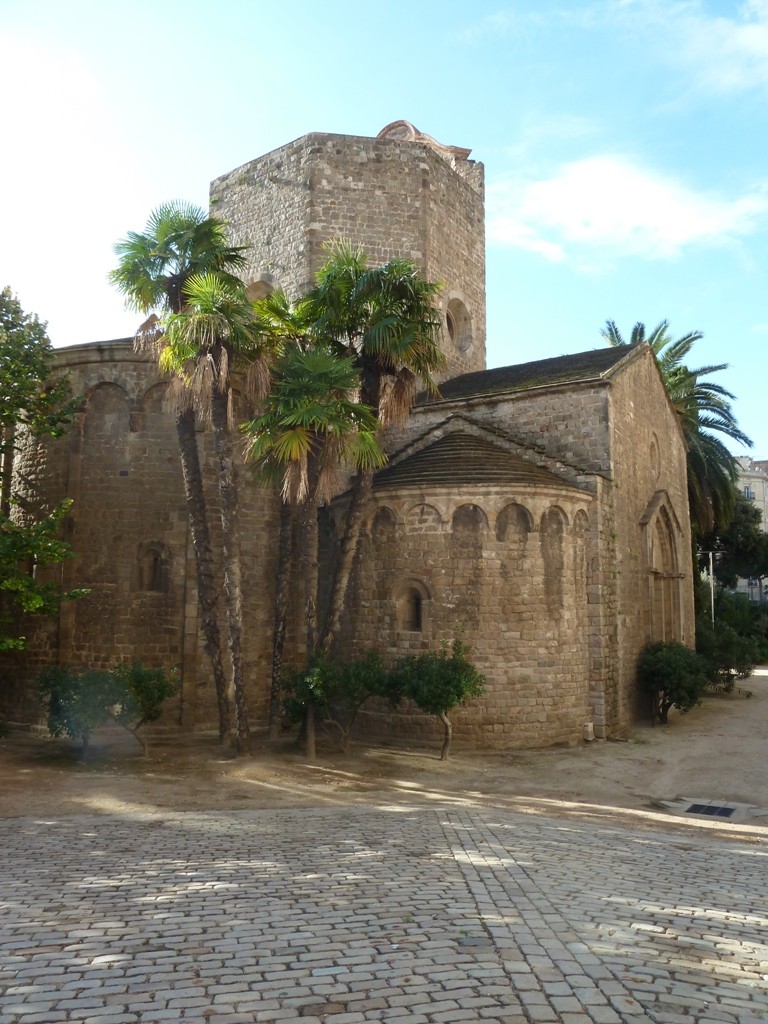
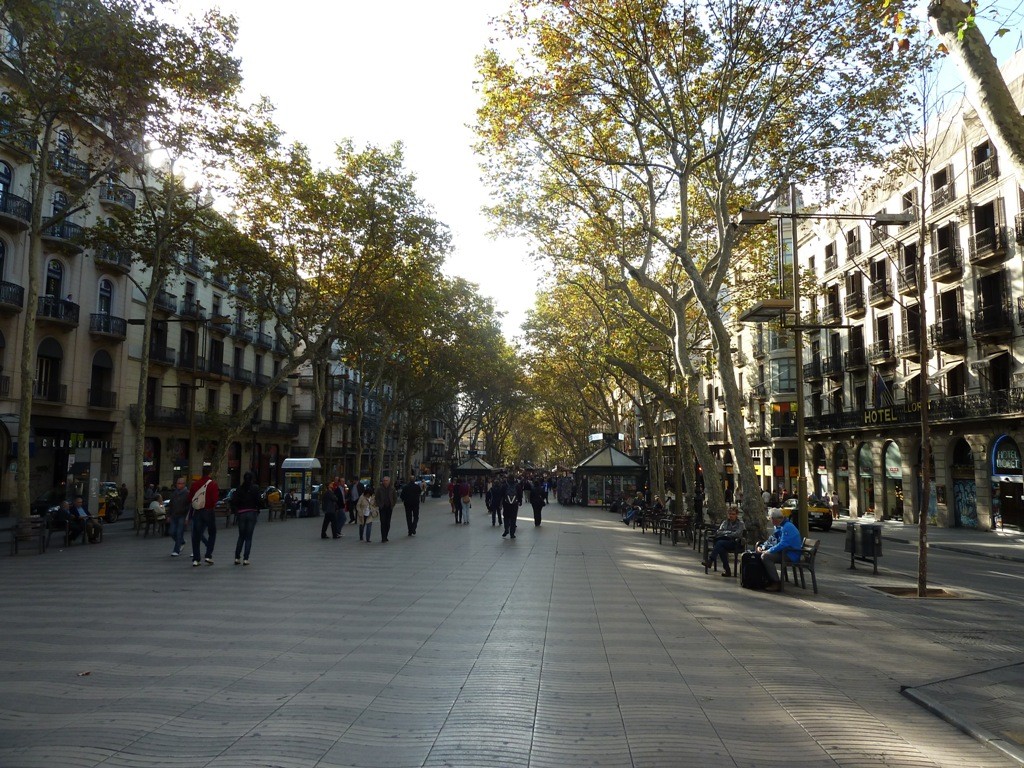
Actually, I must admit that at first it seemed to me a bit disappointing. I mean, apart from being walking on one of the most famous avenues in the world, I found nothing special in it: though it is a thrilling sensation to be walking in the middle of a swarming crowd, there is not much to be seen except for the stalls, selling mainly souvenirs and snack food. One of the few features of interest is the Esglesia of Belen, one of the oldest churches of the city, which is found on the right just opposite the Palau de la Virreina.
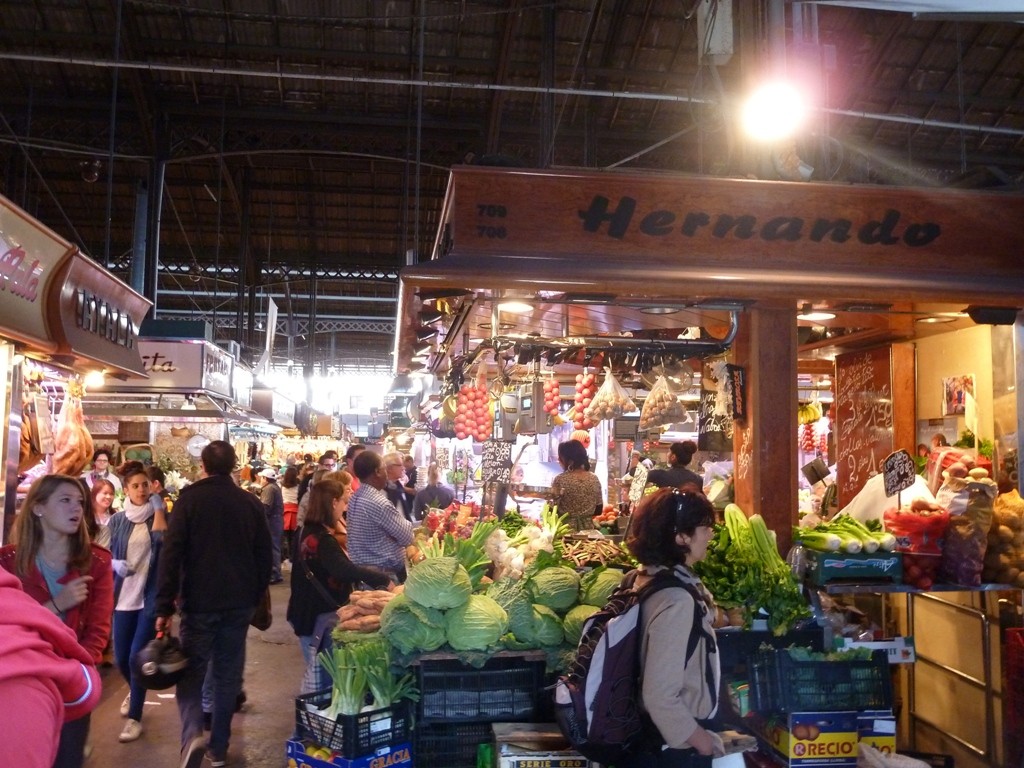
A few metres past the church, the entrance to one of the most characteristic places of Barcelona, the Mercat de la Boqueria, offered me the chance to leave the Rambla. Of course, the market is probably more chaotic than the Rambla, but the atmosphere was totally different. Wandering between stalls of all sorts, among curious tourists prowling around in search of the right bargain or local people busy in their everyday grocery shopping, I really felt part of the throbbing heart of Barcelona.

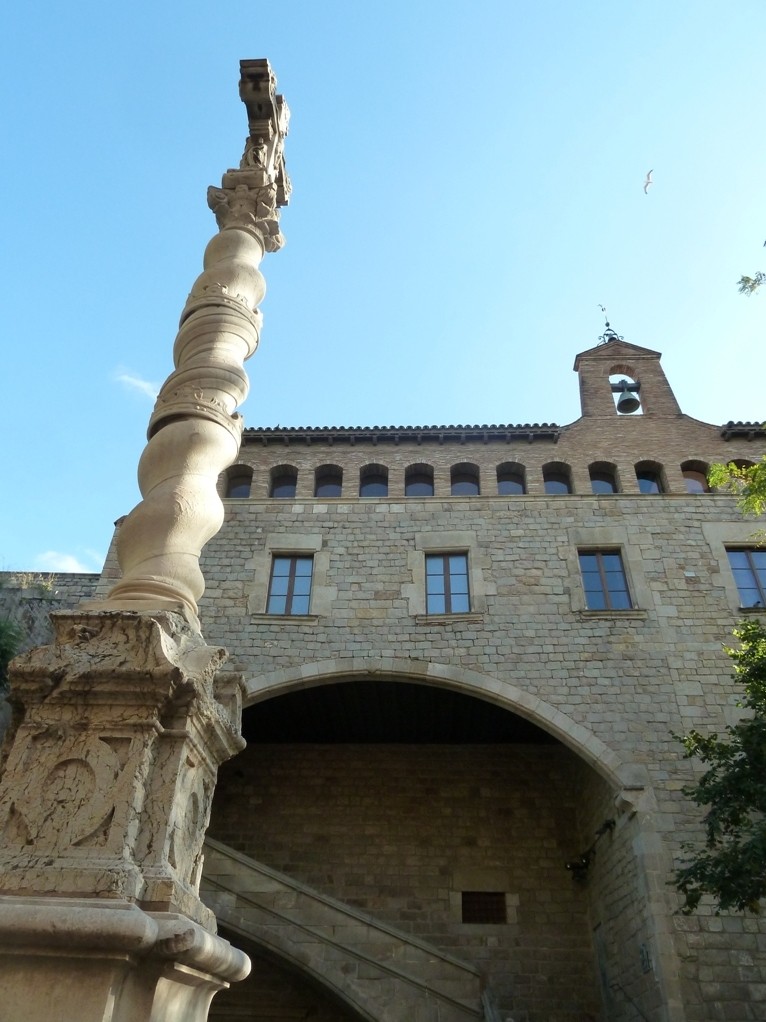
Feeling a bit stunned and with my eyes full of what I had seen, I finally left the marketplace and entered the district of El Raval. Expanding westward from the Rambla, El Raval is probably considered one of the less attractive zones of Barcelona. It is said, indeed, that in the past, and not a too remote one, it was a run-down, decaying area, not exactly the ideal place to go around in the evening. My impression was that, despite obviously lacking the artistic beauties of the neighbouring Barri Gotic and Eixample, nowadays a multicultural and lively neighbourhood has replaced that shabby district which El Raval was said to be a few years ago. Of course, the atmosphere is different than that of the Rambla, and it may be common, as it was my case, to witness the sight of a man going around with a huge piece of raw meat on his shoulders. But after all, it is part of the everyday life of a city, and therefore is probably something worth seeing.

Going into the heart of El Raval along Carrer del Hospital, then, I found some interesting historical monuments, namely the buildings which make up the housing estate of the ancient city hospital. Built between 1401 and 1414, the Hospital de la Santa Creu has been the healthcare centre for the Barcelonins for almost 5 centuries. It was only in 1902, indeed, that the medical service was transferred into a modern building, the Hospital de la Santa Creu i Sant Pau, projected by Domenech i Montaner. At the moment the building, whose thick mighty outer walls contrast with the elegance of the inner part, houses the National Library of Catalonia. You can have access to the library through the graceful staircase located in the inner patio, where the cross giving name to the estate is still visible. On the other side of the street, moreover, it is possible to see the church built in connection to the old hospital, and for this reason called Esglesia del Hospital.
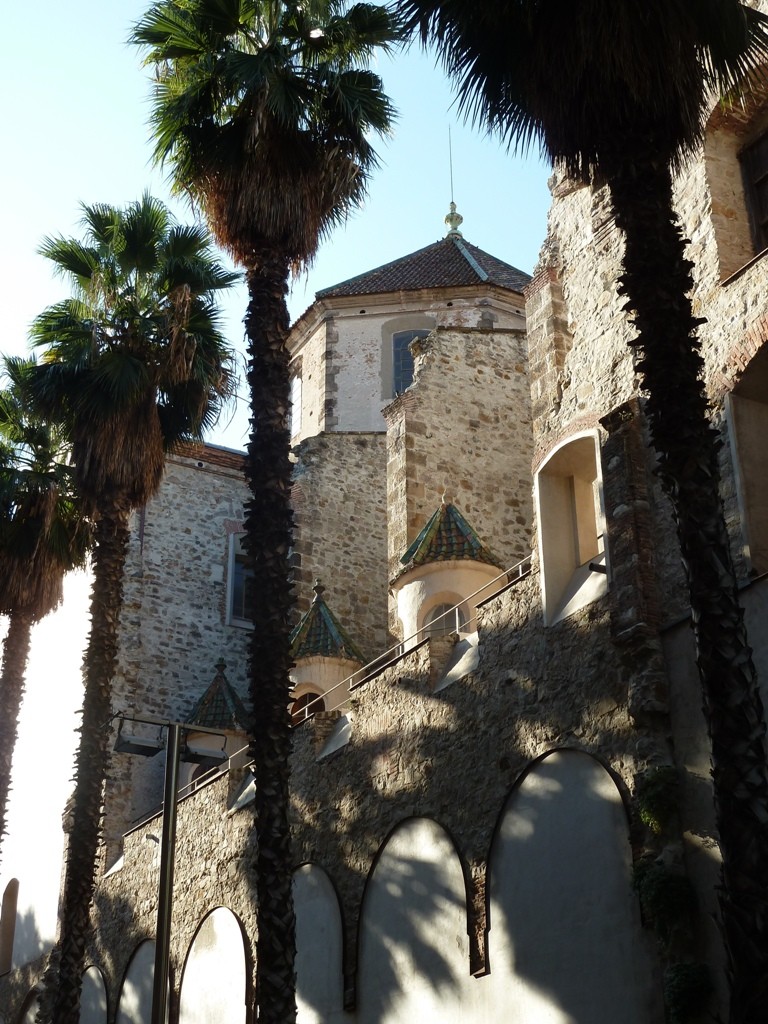

Further on, Carrer del Hospital finally flows into the Rambla del Raval, a sort of minor version of its more famous equivalent. Nonetheless, the environment is pleasant, with a series of trees cluttering the central part of the Rambla, where a characteristic statue depicting a black cat is placed. Reaching the end of the Rambla, I completed my tour for El Raval turning right towards Sant Pau del Camp, the most remarkable church of the district and one of the best examples of medieval architecture in Barcelona. Formerly a monastery, the church was originally built in the 9th century and then restored several times, before being enclosed into the city walls in the 14th century. A wonderful example of Romanesque, it deserves a special mention for its cloister (which you can visit paying an entrance fee of 3 euro) and for the decorations of the facade.

After a final look at the peaceful church yard, I finally made my way back towards the Rambla, reckoning that El Raval was not probably the most famous district of Barcelona (nor the most fashionable one), but at the end of the day, it had been worth seeing, so much more that in its narrow streets you will find a few characteristics shops and some of the best restaurants in Barcelona.
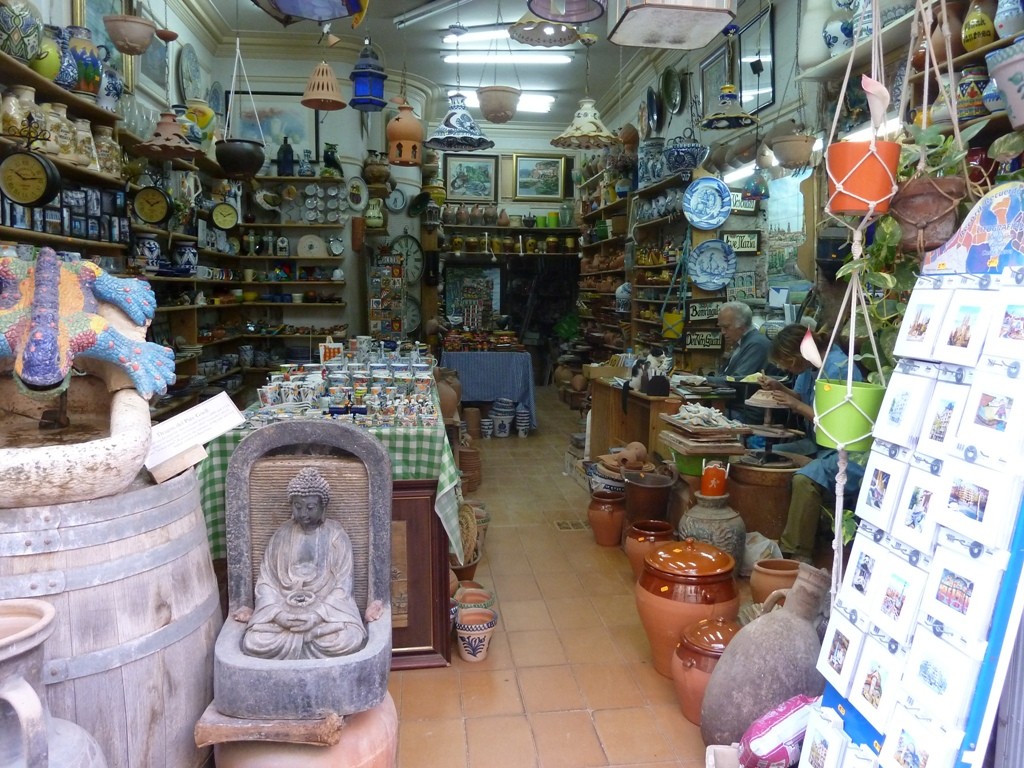
Photo gallery
Content available in other languages
- Español: En el corazón de Barcelona (2)
Share your Erasmus Experience in Barcelona!
If you know Barcelona as native, traveler or as exchange student... share your opinion on Barcelona! Rate different characteristics and share your experience.
Add experience →

























Comments (0 comments)